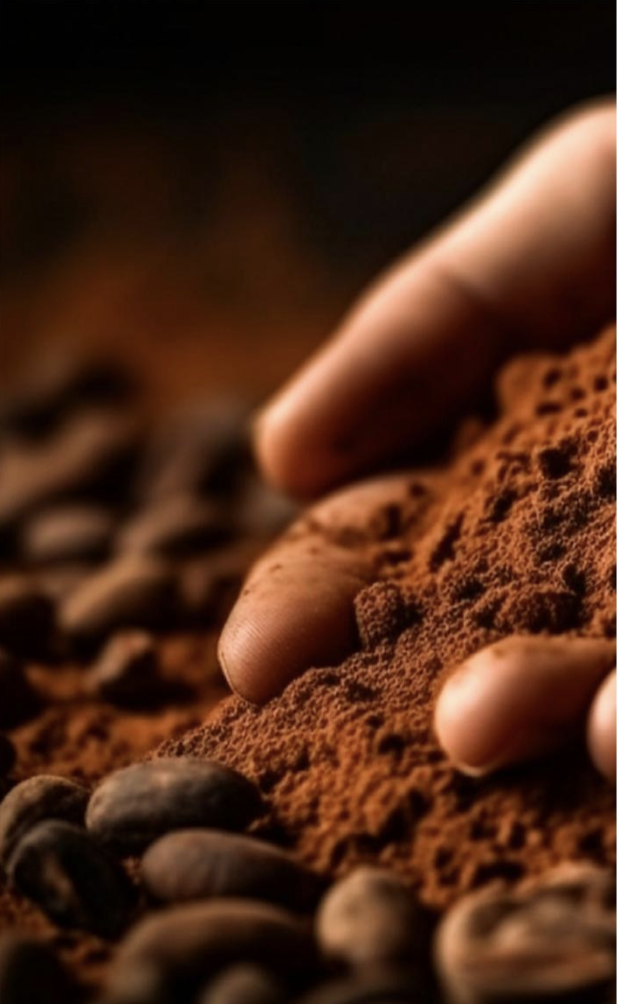

It’s eight in the morning, and Doña Bertha’s café de olla is ready. She brewed it a couple of hours ago over a slow flame. First, she ground the coffee – “this one is from Pluma Hidalgo,” she says – then added ground cinnamon, piloncillo (unrefined cane sugar), and some spices. Despite this, you can still feel the acidity of the bean that characterizes Oaxacan coffee.
Oaxaca ranks fourth in national coffee production, thanks to its climate, altitude, and soil, which grant it a special flavor and aroma. We are in the Sierra Norte, in the municipality of Villa Alta, one of the eight producers of Oaxaca’s “black gold,” and we are heading south, towards Pluma Hidalgo, to explore its variety and discover what makes it so special. Oaxaca’s coffee boasts an appellation of origin since 2020.
THE ORIGIN
Don José welcomes us, and although there are several coffee plantations in the area, we visit El Pacífico (Km 204. - Federal Highway 175, Pluma Hidalgo). “The most important characteristic of our Pluma coffee is that it is grown in the shade,” Don José tells us as he guides us toward the coffee fields. There, he explains that the soil must have a certain humidity, and the type of bean is unique because it is endemic to these regions.
THE PROCESS
“The cultivation of this bean has been passed down from generation to generation. We harvest the beans manually, and the whole process is artisanal. You must pick the fruit only when it’s ripe,” says Don José.
After harvesting the beans, the pulping phase follows, where the coffee beans are extracted from the fruit and then fermented, washed, and dried before they are ready for milling and roasting. These processes are also done in an artisanal manner, monitoring the temperature to enhance its flavor.
“Pluma coffee comes from the high-quality Arabica that came from Ethiopia. Many farms in this region produce Arabica,” continues Don José, who allows us to touch the beans at each stage to notice how they change in color and aroma. Finally, it’s time for the long-awaited moment: tasting the coffee. Don José asks us what it tastes like or if we notice anything special. In appearance, the color is vibrant; on the palate, the flavor is more acidic. “You might find some notes of chocolate or citrus because of the surrounding fruit plants,” he explains.
We try a couple more cups using different preparation methods to differentiate the taste, from espresso to French press, Chemex, and drip. Interestingly, throughout the state of Oaxaca, you can find specialty coffee shops offering various preparations and a variety of beans. To visit this plantation, you only need to contact them (call +52-958-100-4025) to inquire about available time slots. Also, if you enjoy their coffee, you can buy directly from them and take a slice of Oaxaca home.
Visiting Oaxaca for its coffee is a delicious experience,
but it’s also an opportunity to immerse yourself in its
rich coffee culture and appreciate the craftsmanship
with which it is produced for Mexico and the world.
And receive exclusive information to travel through Mexico in style!